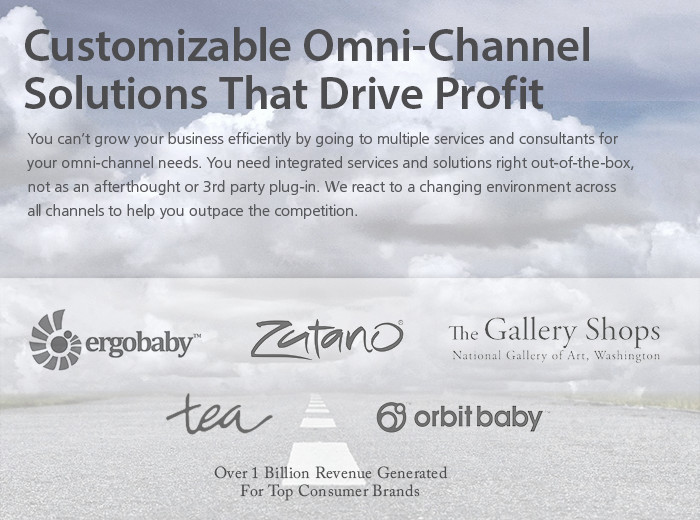Implementing an effective and efficient supply chain can pose significant challenges for retailers. In making predictions for 2015, IDC stressed the influence of an “accelerating transition to the 3rd Platform for innovation and growth, built on the technology pillars of mobile computing, cloud services, big data and analytics, and social networking.” Having an integrated system that allows your company to act on data derived from these pillars will help set you apart from competitors and allow you to respond to customer needs adeptly.
A successful supply chain synchronizes three important components across a company – business objectives, business processes and technology solutions. Ensuring consistency across these areas will help you understand how well your company is doing, identify areas for improvement and implement practices to make your company more successful.
Business Objectives
An effective, integrated ecommerce platform allows you to better align your business processes with the objectives of your company. Improved alignment may allow you to:
- streamline your supply chain
- expand into fast-growing markets in China and EMEA
- improve your omnichannel presence
- improve fiscal transparency within your company
Adaptable platforms like Upshot Commerce allow users to create purchase orders, handle receivables, and execute accounting tasks all from within the same system.
Integrated platforms also allow for collaboration with partners and suppliers – a useful tool in the globalizing economy. Suppliers in southeast Asia are rapidly recognizing the importance of integrated software systems to improve their own efficiency and responsiveness. Taking advantage of innovation trends and communicating with partners as they improve their systems will help you become more agile and effective in meeting the demands of your customers.
The quality of your supply chain -and how well the integrated system performs – can determine the competitiveness of your company. Better streamlining of systems means a more effective system and more resources to invest in developing new ideas or expanding on your existing system.
Business Processes
Integrated systems allow you to capitalize on the data produced by your supply chain to find efficiencies. When you have end-to-end information with an integrated platform like Upshot, you can identify and implement improvements as needed. IDC predicts important growth in analytics in 2015, with greater focus on analysis of rich media and how it contributes to big data projects. Integrated reporting allows you to query your system and look at specific areas where use of media on your site is effective, and where room for growth exists.
Adaptable ecommerce platforms like Upshot allow you to transition to a new system at the pace that works for your company.
- Ready for a complete end-to-end system overhaul? Upshot can do that, providing technology and tools for your company to respond to changes in ecommerce.
- Need to update your platform incrementally? Upshot can do that, with a customizable platform that can integrate everything from supplier relationships to purchase orders, warehouse management to inventory control, customer management to order processing.
Effective implementation of an integrated supply chain management system – at a pace appropriate for your company – will ensure you get the most out of your platform.
Technology Solutions
In the digital shopping age, customers expect immediate and accurate information about merchandise. In order to provide those updates, information about your products needs to be consistent and readily accessible from one end of your system to another. A shortage of leather from a supplier, or a piece of broken machinery at a factory, may delay delivery times unexpectedly – your system needs to alert you of these issues as soon as they arise.
Whether sharing data across the office or across the globe, the easiest way to ensure consistent and accurate information across all areas of your company is by adopting a cloud-based ecommerce platform like Upshot that allows you to integrate the various segments of your system seamlessly. Such systems offer agile data management with end-to-end visibility, allowing for better forecasting, better supply planning, and better customer support.
An integrated supply chain system allows you to:
- plan for and mitigate disruptions
- capitalize on growth opportunities
- accelerate productivity
- provide optimal service to your customers
Optimizing your supply chain takes work, but the benefits – including greater efficiency, fiscal transparency, cost savings, and customer satisfaction – can prove worthwhile. By synchronizing mission critical data into your ecommerce platform, you can ensure that your supply data stays current and that everyone who needs access – to respond to customer inquiries, to make forecasting decisions, to identify and implement improvements – has access to accurate and current information.






